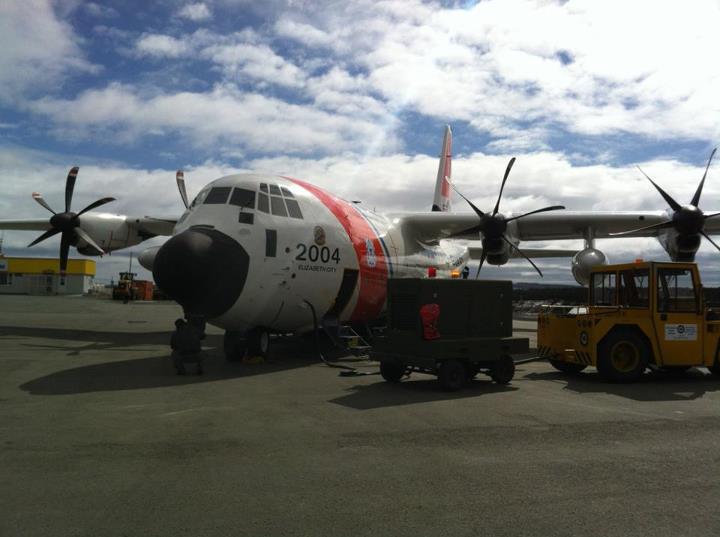
Badass clip shows how difficult HAAR can be. From the Pave Hawk pilot’s point of view.
Shot at 2.7K SuperView with a GoPro Hero5 Session camera on an NVG mount, this is yet another cool clip edited and shared online by Air Force Rescue Pilot @jolly_pilot.
It shows U.S. Air Force HH-60G Pave Hawk helicopters performing HAAR operations near Nellis Air Force Base, Nevada, with a USAF HC-130J “King”. The CSAR (Combat SAR) chopper uses an extendable IFR (In-Flight Refueling) probe that needs to be plugged in the basket of the tanker’s “hose and drogue” system: not an easy task, especially if you consider that the helicopter needs to fly near its maximum speed, whereas the HC-130J needs to fly as slow as it can to make the refueling happen. Moreover, the wake turbulence can make the whole operation bumpy and dangerous, because the blades can momentarily get quite close to the hose.
That being said, the video is stunning as it shows the Point of View of the pilot during the rejoin with the tanker and the subsequent HAAR.
Here’s what this Author has written about the Pave Hawk commenting a 360-degree video shared by @jolly_pilot:
“[…] the HH-60 is the dedicated USAF CSAR platform since Operation Desert Storm. To perform its mission, the HH-60G is fitted with an automatic flight control system, forward-looking infrared system and color weather radar that assists with finding and rescuing personnel anytime during the day or night. It is also equipped with a retractable, in-flight refueling probe and with internal auxiliary fuel tanks and it can be provided by two crew-served 7.62mm or .50-caliber machine guns.
However, as explained in a previous article published last year:
“The availability rate of the Pave Hawk fleet declined in the last years due to age of the airframes and the high operations tempo of the fleet because of the continuous deployments for combat operations in Africa and the Middle East. According to a report from the Government Accountability Office “About 68 percent of the 96-helicopter fleet were mission-capable as of fiscal year 2017, below the Air Force desired mission-capable rate of 75 percent.” The same report noted that the average flight hours of the available helicopters is 7100 hours, while the expected flying life was 6000 hours, and the average depot-level maintenance increased from 233 days in fiscal year 2007 to 322 days in fiscal year 2017.”
For this reason, the Air Force has launched an OLR (Operational Loss Replacement) program, “meant to replace the aircraft lost during combat operations since 9/11 (including one of the 210th RQS lost in Iraq in 2018), restoring the HH-60G fleet to its authorized size while also addressing issues with maintenance and availability of mission-capable aircraft. […] Units scheduled to receive the re-missionized helicopters will see a marked improvement in sustainability from the aircraft they’re currently flying, as numerous aging and obsolescent systems were modernized to match today’s state-of-the-art capabilities. These include color weather radar, a digital symbol generator, improved tactical air navigation, new radar warning receivers, an automatic direction finder, and a digital intercommunication system.”
The OLR HH-60Gs will act as a stopgap measure until the Air Force starts fielding the new HH-60W.
A big H/T to Davide Pizzo for sharing this cool video that was originally posted by @jolly_pilot last year.



